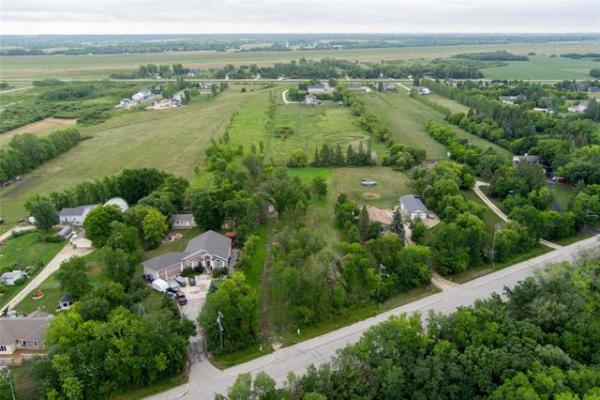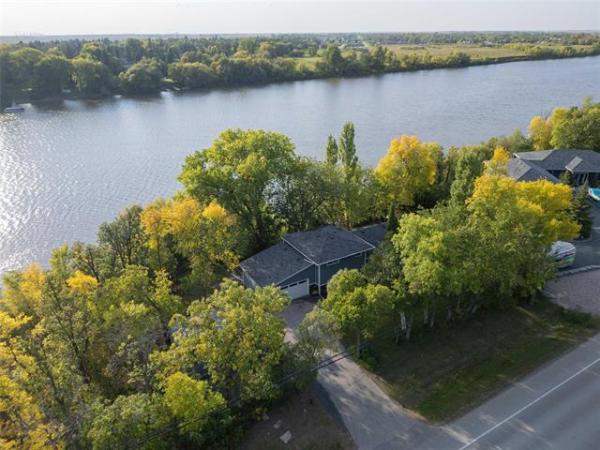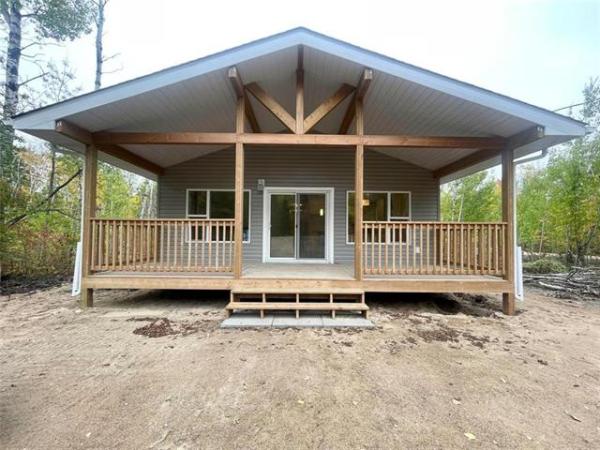A late-winter construction project killed off the original St. Augustine lawn. My husband and I had successfully sodded the back yard ourselves when we bought the house 24 years ago, so I figured we could do it again.
Three tries over the past three springs resulted in the same failure. The St. Augustine died, leaving a mud hole in the centre of the yard, encircled by garden beds. One year it was the drought. Another year it was the never-ending rains. The rapacious chickens, though, are as much to blame as the weather.
They ate succulent St. Augustine blades down to the runners and moved on to the more wiry Bermuda.
The city chickens live in a coop. But I feel sorry for them that they are cooped up all day, so I let them out each evening, when I can monitor them. When I had grass, they promptly started peck, peck, pecking at it. It didn't matter that I supplement their grains and seeds with shredded lettuce and cabbage or that they get served more fresh June corn than my family.
No matter how pretty my back flower garden looked this spring, all I noticed was the mud hole at its centre. As the mud hole turned into hard-packed, black clay in the heat, I began considering chicken-proof alternatives.
Decomposed granite is being used more and more as an eco-friendly paving surface for garden paths and driveways. Landscape architects like it in contemporary garden designs as a ground cover, and my favourite European garden magazines show its application in cutting-edge English installations and at rustic country houses in Provence.
Decomposed granite, called DG in the trade, is granite broken down over millions of years into pieces from pebble-size to grit. It is available in several colors, depending on the location of the quarry. The stone wall and landscape boulders already in place in my back yard are reddish-brown Oklahoma sandstone, so my home centre's DG supply, also reddish brown, is compatible.
I consulted with landscape professionals about having someone install the granite for me. Impatience, frustration and a headstrong nature led to the decision to do it myself. Or, more precisely, to convince my able-bodied son, just graduated from college, that removing three inches of hard-packed clay from the surface area and relocating 3,000 pounds of rock would clear his head and work out his biceps.
While home centre's sell DG in small bags, it's more economical to buy it in bulk.
The standard application process is to spread about 1 1/2 inches of DG, water it thoroughly, wait a day to allow it to settle, then repeat the process -- and sometimes repeat it a third time. A three-inch layer is considered the minimum depth for stability and to keep Bermuda grass from growing through the DG. How-to instructions also recommend using a heavy roller or a vibrating plate compactor to hasten compaction.
A proper DG surface does not move underfoot like sand or gravel, but its porosity allows water to penetrate to the soil below. That aspect makes DG a good paving material around trees.
The downside is that, even compacted, grit particles that can scratch hard-surface floors are tracked into the house. Also, I found my supply to contain a fair share of what I would call granite rocks, not pebbles. They can be crushed with a hammer, if I ever get around to it. Finally, once you rent a tiller and a mechanical compactor, not to mention the considerable labour involved, hiring someone to do it might compare more favourably. Just make sure you or the contractor can do the math correctly.
I like the look of the even surface, and the brown colour is earthy, natural and appropriate in a garden. My husband loves it because it does not have to be mowed or watered. I also like the scritch-scrunch it makes under my garden clogs. My mother, 98, wondered how I would ever get grass to grow on it.
The garden hens are appalled. They loved the process, because freshly tilled soil reveals lots of tasty morsels. The tiller made the clay fluffy, giving the busy hens new territory to scratch. But when they were released from their coop after installation was complete and made their usual beeline down the garden path, they came to a screeching halt when they reached the northern boundary of the decomposed granite.
It was funny to watch, at first. They gave the foreign matter wide berth, ducking under rosebushes in flower beds, hopping from mossy boulder to mossy boulder and flapping from there to iron garden chairs in succession until they reached familiar territory.
But when they started flapping from planted container to container, squashing blooms, I started some flapping of my own.
Do the math: How much DG do you need?
Multiply the length of the area to be covered, in feet, by the width, in feet, which gives you the area's square feet.
Multiply the square feet by .25 feet (representing a minimum depth of 3 inches, converted to feet), which gives you cubic feet.
Landscape stone is sold by the cubic yard at rock yards. Therefore, divide the total cubic feet by 27 to get cubic yards (27 cubic feet equals 1 cubic yard). The result is how much decomposed granite you need to order.
-- Dallas Morning News



